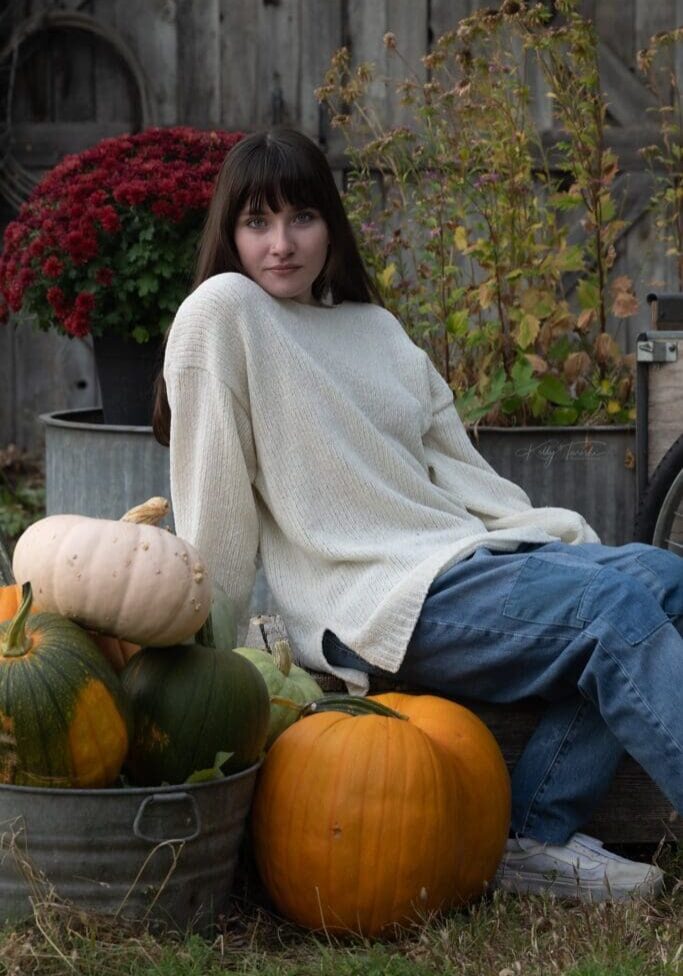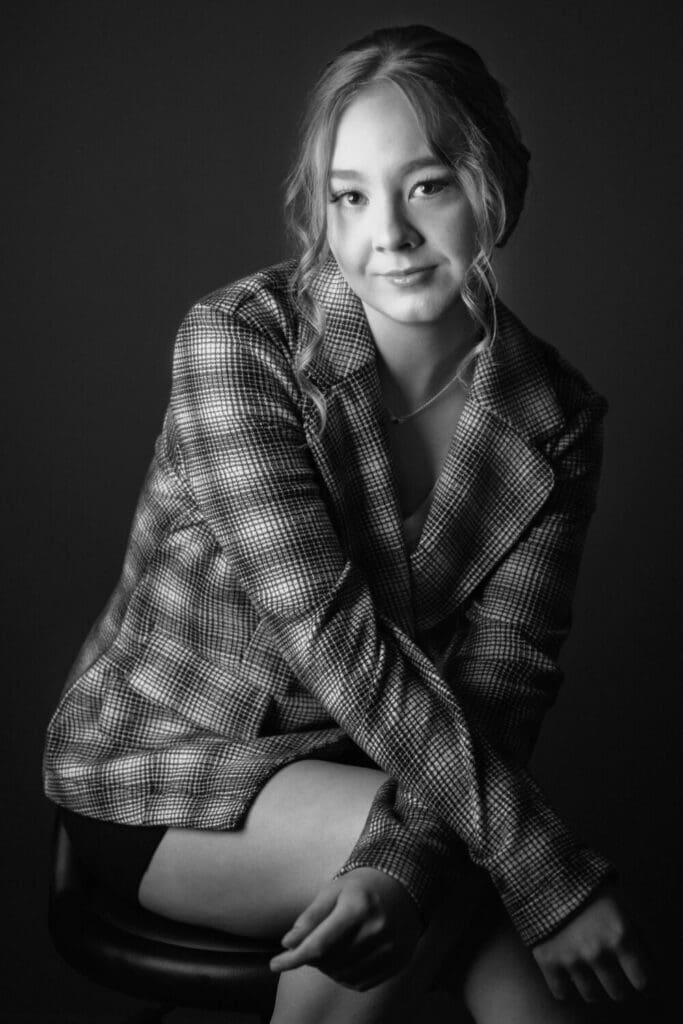When I first started working with the Nikon Z7ii, I knew immediately that it would be a game-changer for my portrait photography. As a professional photographer with a passion for capturing genuine, heartfelt moments, the technical capabilities of this camera have allowed me to enhance my creativity and push the boundaries of my work. Today, I’m excited to share five key tips for making the most of the Nikon Z7ii in portrait photography, drawn from my personal experience behind the lens.
1. Take Advantage of Eye-Detection Autofocus
One of the standout features of the Nikon Z7ii for portrait photography is its eye-detection autofocus. As someone who spends a lot of time ensuring that every tiny detail in a portrait is sharp, this feature has been invaluable in improving my workflow. The Z7ii’s autofocus system automatically detects and locks focus on your subject’s eyes, ensuring that the most important part of the portrait—the expression—is always in focus.
In my experience, eye-detection autofocus is particularly useful when working with moving subjects, like children in my ‘Mommy and Me’ sessions. Before using the Z7ii, it was often a challenge to keep up with the spontaneous movements of little ones. Now, I can focus on interacting with my clients and capturing those natural moments without worrying about missed focus. The accuracy and speed of the autofocus allow me to get shots that would have been difficult to capture before.
2. Customize Your Function Buttons for Quick Adjustments
Portrait photography is as much about being prepared as it is about capturing the moment. With the Nikon Z7ii, I’ve found that customizing the function buttons can dramatically improve my efficiency on set. In the heat of a shoot, especially outdoors or in my garden studio, I want to be able to quickly adjust settings without taking my eyes off the subject or the scene.
For instance, I’ve set one of the function buttons to quickly change the focus area mode. This is particularly useful when I want to switch between single-point autofocus for a carefully composed shot and the dynamic-area autofocus for more candid moments. Another function button is customized for ISO adjustments, allowing me to quickly adapt to changing light conditions, which is essential when shooting outdoors.
Having these functions at my fingertips means I can focus more on engaging with my clients—whether I’m shooting a senior portrait or a family session—rather than fiddling with camera settings. It’s all about staying in the creative flow, and the Z7ii makes that possible.
3. Use the High-Resolution EVF to Perfect Your Composition
The Nikon Z7ii features a high-resolution electronic viewfinder (EVF), and I can’t stress enough how much of a difference this has made for my portrait work. I’ve worked with traditional optical viewfinders for years, but switching to the EVF has been a revelation. The clarity and accuracy of the viewfinder allow me to compose shots with more precision, especially in tricky lighting situations.
When I’m working in one of my indoor studios, where I control every aspect of the lighting, I use the EVF to fine-tune my composition in real time. I can see exactly how the exposure, white balance, and depth of field are affecting the shot, which means fewer surprises when I check the images later. The real-time preview helps me make adjustments on the fly, whether it’s tweaking the lighting setup or repositioning my subject for better framing.
In outdoor sessions, such as in my garden studio, the EVF helps me cope with bright sunlight. I used to struggle with glare on the LCD screen when shooting in harsh daylight, but now I can rely on the viewfinder to see my composition clearly, no matter the lighting conditions. This has been especially helpful when working with clients who are on tight schedules and need their session to run smoothly.
4. Utilize Silent Mode for Discreet Shooting
Portrait photography is not just about technical skill—it’s about connection. Many of my clients come to me because they want to feel comfortable and at ease in front of the camera. The last thing I want is the distracting sound of a shutter interrupting a candid moment or breaking someone’s concentration.
That’s where the Nikon Z7ii’s silent mode comes in handy. By enabling silent mode, I can shoot without the sound of the shutter, which is especially helpful in intimate or emotional moments. For example, during a family session where I’m capturing heartfelt interactions, the silent mode allows me to remain unobtrusive, letting those natural, authentic moments unfold without interruption.
In my experience, this feature is also a game-changer during indoor shoots with newborns or small children. Babies and young children are often startled by loud noises, and the silent shutter helps me maintain a calm, peaceful environment. It’s a small detail, but it can make a big difference in the overall experience for both the photographer and the client.
5. Experiment with Low-Light Performance and Dynamic Range
One of the reasons I love the Nikon Z7ii is its impressive low-light performance. Whether I’m shooting indoors in one of my studios or outdoors during golden hour, the camera’s ability to handle low light and maintain detail is remarkable. The Z7ii’s wide dynamic range ensures that I can capture rich shadows and bright highlights without losing information.
For indoor sessions, where I may be working with controlled studio lighting or even natural window light, I can push the ISO higher without worrying about introducing too much noise. This gives me more flexibility in creating moodier, more atmospheric portraits, especially when I want to play with dramatic lighting.
In outdoor settings, such as late afternoon sessions in my garden studio, the Z7ii’s dynamic range allows me to preserve details in both the highlights of the sky and the shadows of my subjects’ faces. This is particularly important for creating images that feel balanced and natural, even in challenging lighting conditions. Whether it’s the soft light of early morning or the fading light of dusk, the Z7ii handles it beautifully, giving me the freedom to experiment and push my creative boundaries.
That's a Wrap!
The Nikon Z7ii has been an incredible addition to my portrait photography toolkit. Its advanced features, from eye-detection autofocus to silent mode, have not only improved my technical workflow but also allowed me to focus on what matters most—connecting with my clients and creating beautiful, timeless images. By customizing the camera to suit my style, using the EVF to perfect my compositions, and taking full advantage of its dynamic range, I’ve been able to elevate the quality of my work. If you’re a portrait photographer looking to take your craft to the next level, the Nikon Z7ii is definitely worth considering.
I hope these tips help you get the most out of your Nikon Z7ii and inspire you to explore new creative possibilities in your portrait photography journey!










